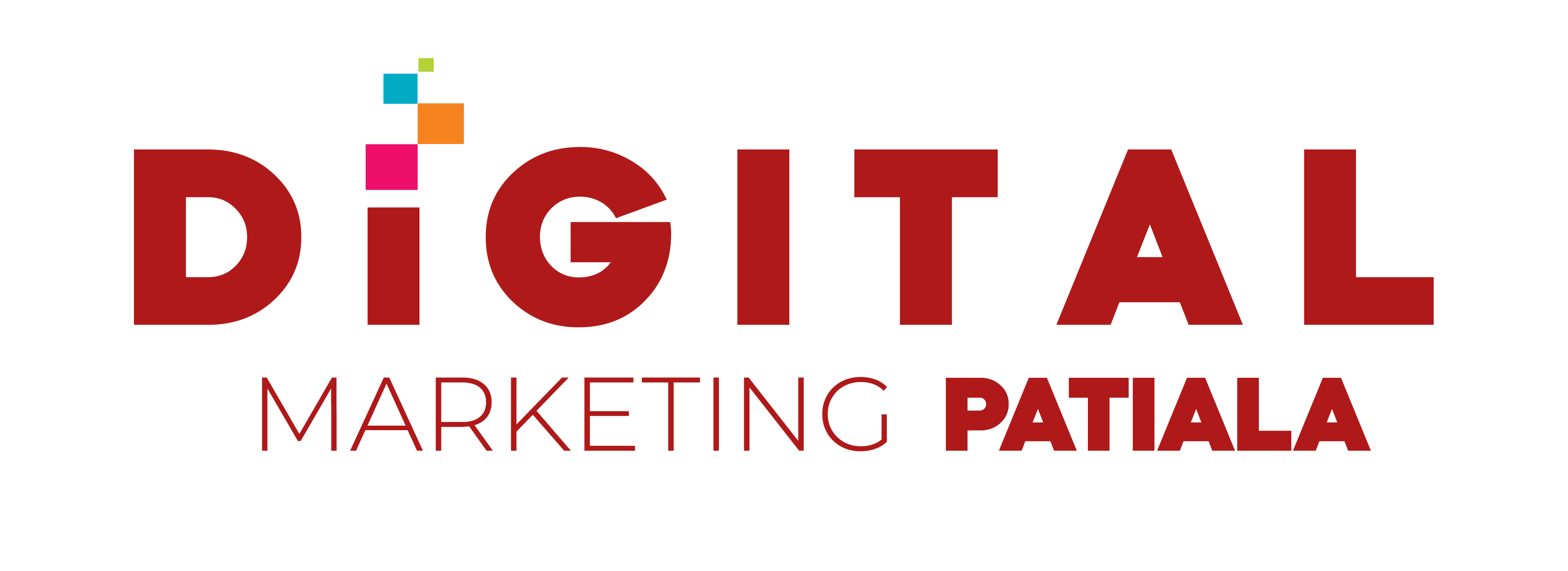Creating a website today is essential for many businesses and individuals, but one key decision you’ll need to make is whether to build a static or dynamic website. Both types have unique features and serve different purposes. In this article, we’ll explore the Difference Between Static And Dynamic Websites in simple terms.
Understand the Difference Between Static And Dynamic Websites
What is a Static Website?
A static website is like a brochure. It displays the same information to every visitor, no matter who they are or how they got there. The content on these sites is fixed, meaning it doesn’t change unless a web developer manually updates it. Static websites are usually built using HTML and CSS.
Key Characteristics of Static Websites:
- Fixed Content: The information remains the same unless changed by a developer. For example, if a restaurant has a static website, the menu will only change when the owner asks someone to update it.
- Fast Loading Times: Static websites load quickly because the server sends the same files to every user. There’s no need to fetch different content based on user interactions.
- Simple to Develop: They are easier and faster to create, making them suitable for small websites or personal pages. If you’re starting a blog or a portfolio, a static website could be the way to go.
- Lower Hosting Costs: Static websites require less server power, which means hosting them is often cheaper than hosting dynamic sites.
- Limited Interactivity: Users can’t interact with the content on a static website. For example, there won’t be forms or shopping carts unless a developer adds some advanced features.
What is a Dynamic Website?
On the other hand, a dynamic website is like a customized restaurant. The content can change based on who is visiting and what they are doing. These websites often pull information from a database to display different content to different users.
Key Characteristics of Dynamic Websites:
- Customizable Content: The content can change depending on user interactions. For example, an online store can show different products based on what you search for or what you add to your cart.
- User Interaction: Dynamic websites allow users to interact with the content. They might fill out forms, leave comments, or even change the appearance of the site based on their preferences.
- Complex Development: Building a dynamic website usually requires more technical knowledge and skills. Developers often use programming languages like PHP, Python, or JavaScript, along with databases like MySQL.
- Higher Hosting Costs: Because they require more resources and database support, hosting dynamic websites can be more expensive than static ones.
- Real-time Updates: With dynamic websites, you can update content in real-time. This is great for news sites or blogs that want to keep their visitors informed with the latest articles.
Comparing Static and Dynamic Websites
Now that we understand what each type is, let’s compare them directly based on a few important factors:
- Content Updates:
- Static: Requires a developer to change the content manually.
- Dynamic: Content can be updated automatically through a content management system (CMS) or manually by the user.
- Development Complexity:
- Static: Easier to create; often just HTML and CSS.
- Dynamic: More complex, needing programming languages and databases.
- Performance:
- Static: Generally faster loading times because there are fewer server requests.
- Dynamic: Slower loading times due to database queries and server processing.
- Cost:
- Static: Cheaper to host due to lower server demands.
- Dynamic: More expensive because of the need for higher server resources and database maintenance.
- User Experience:
- Static: Limited interactivity and personalization.
- Dynamic: Highly interactive, allowing for personalized experiences based on user behavior.
Which One Should You Choose?
The choice between a static and dynamic website largely depends on your needs:
- If you have a small business, a personal portfolio, or a simple blog with minimal updates, a static website might be the best fit. It’s cost-effective and easy to maintain.
- However, if you’re running an online store, a news website, or any site that requires regular updates and user interaction, a dynamic website is likely the way to go. It offers the flexibility and interactivity needed for a better user experience.
For more information you can visit at Punjab Computer Center Scf 98, near Lakshya Institute, Chotti Baradari, Bagichi Het Ram, Patiala, Punjab 147001
Conclusion
In summary, both static and dynamic websites have their own strengths and weaknesses. Static websites are simpler, cheaper, and faster but lack interactivity. Dynamic websites, while more complex and costly, provide a customizable experience for users. By understanding these differences, you can choose the right type of website to meet your needs.
Book your Appointment today at +91 9501319926 for Best Website Designing in Patiala
Also Read: 10 Reasons Why Your Business Needs a Website in 2024
